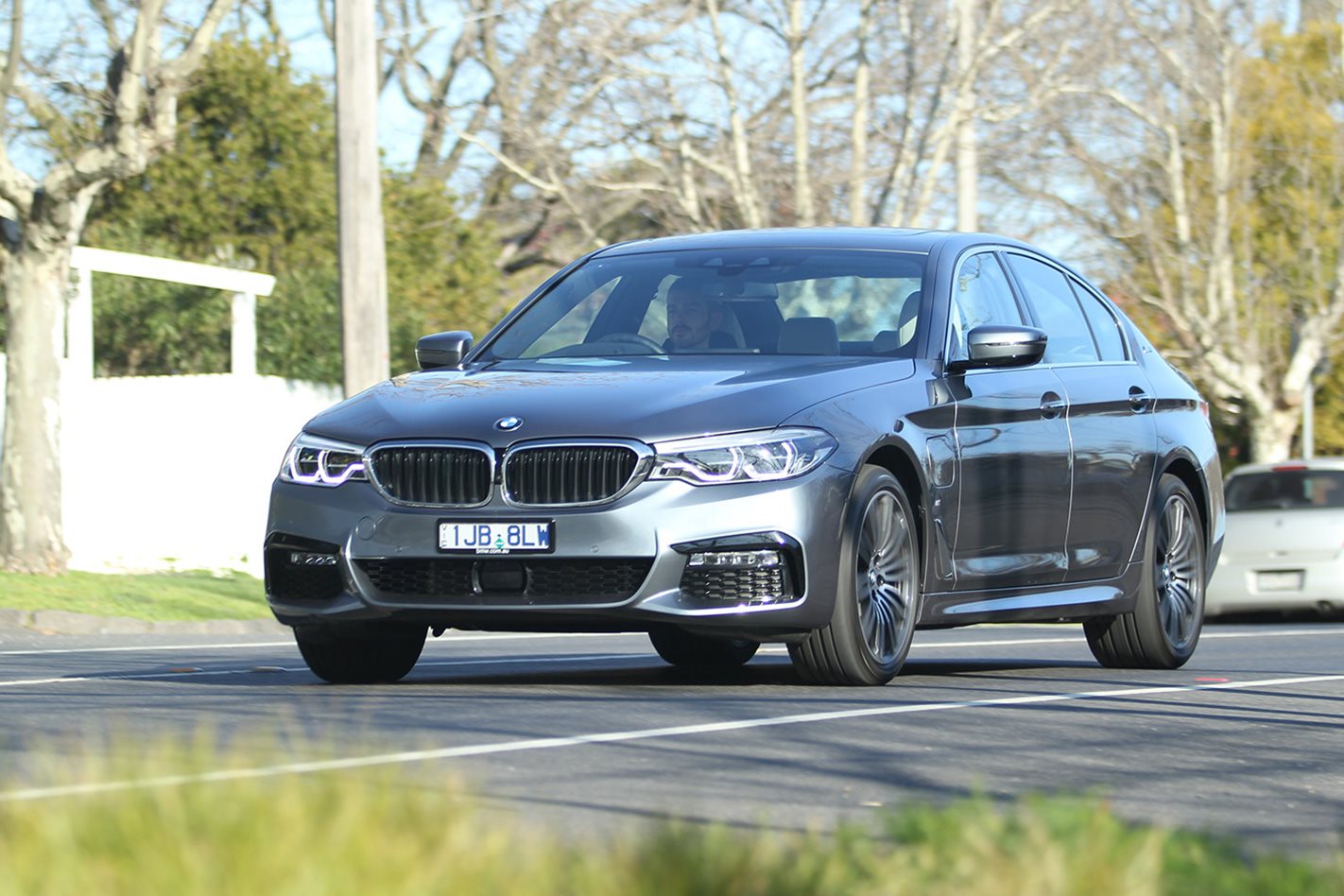Ever had that sphincter-clenching moment when you’re on the way out the door and you realise you haven’t charged up your phone and you JUST KNOW the five percent remaining charge won’t last long enough to see you through to the next available wall outlet?
Terrifying indeed, but what if you could instantly inject a few more kilojoules of energy into your phone by dousing it in petrol? Handy, right?
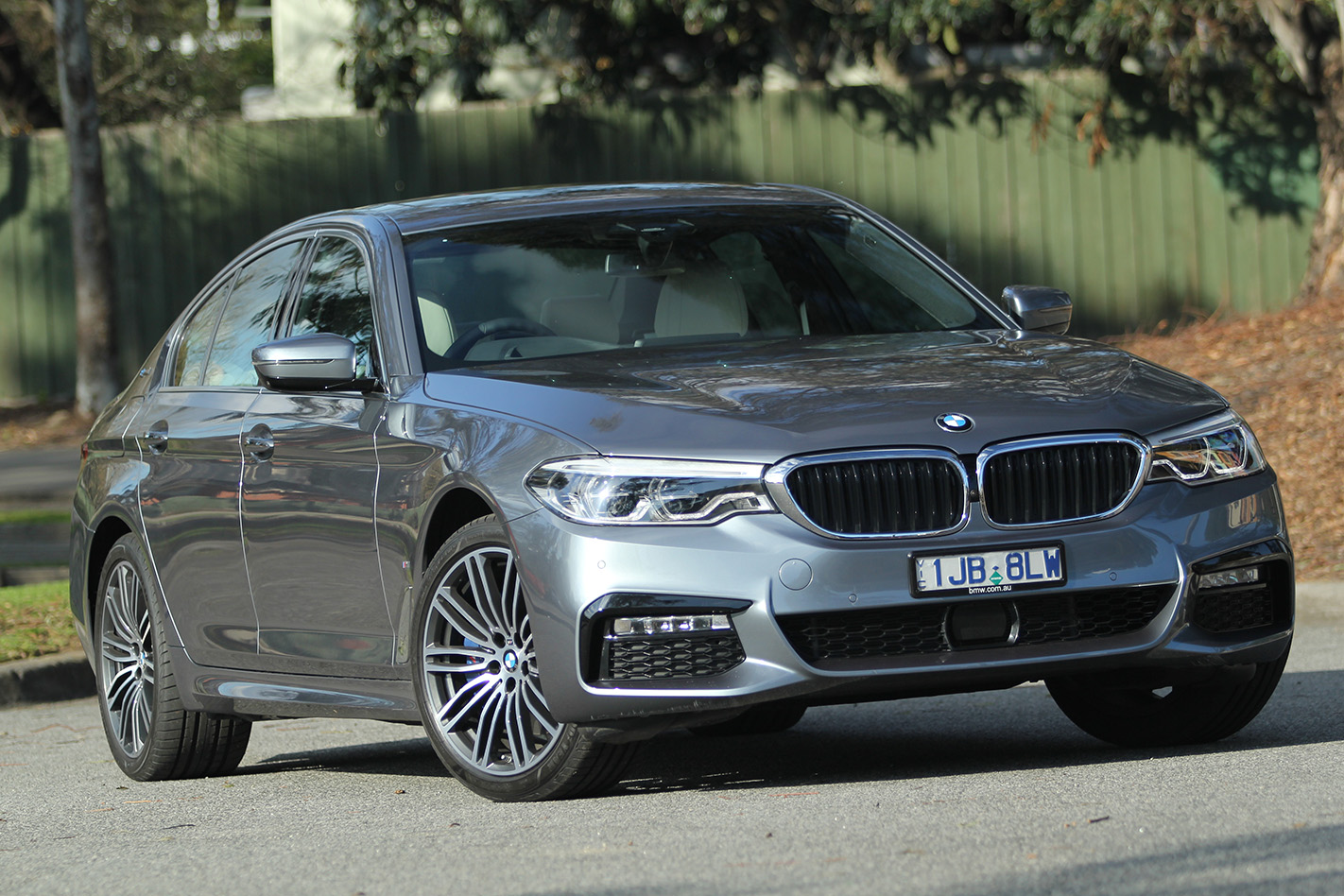
After all, with the ability to both charge up from a wall outlet AND draw power from a conventional petrol-powered engine when the battery simply isn’t big enough – or power points aren’t available – a plug-in hybrid is meant to be the theoretical “best of both worlds” device.
Is it though? We spent a week behind the wheel of BMW’s 530e iPerformance plug-in with the goal of running it on electric power as much as possible. Granted, that’s not really the intended mode of operation for BMW’s battery-enhanced 5 Series – the small capacity of its 9.2kWh lithium-ion battery coupled with low EV-only outputs are clues that the German manufacturer expects most owners to operate it as a conventional hybrid most of the time.
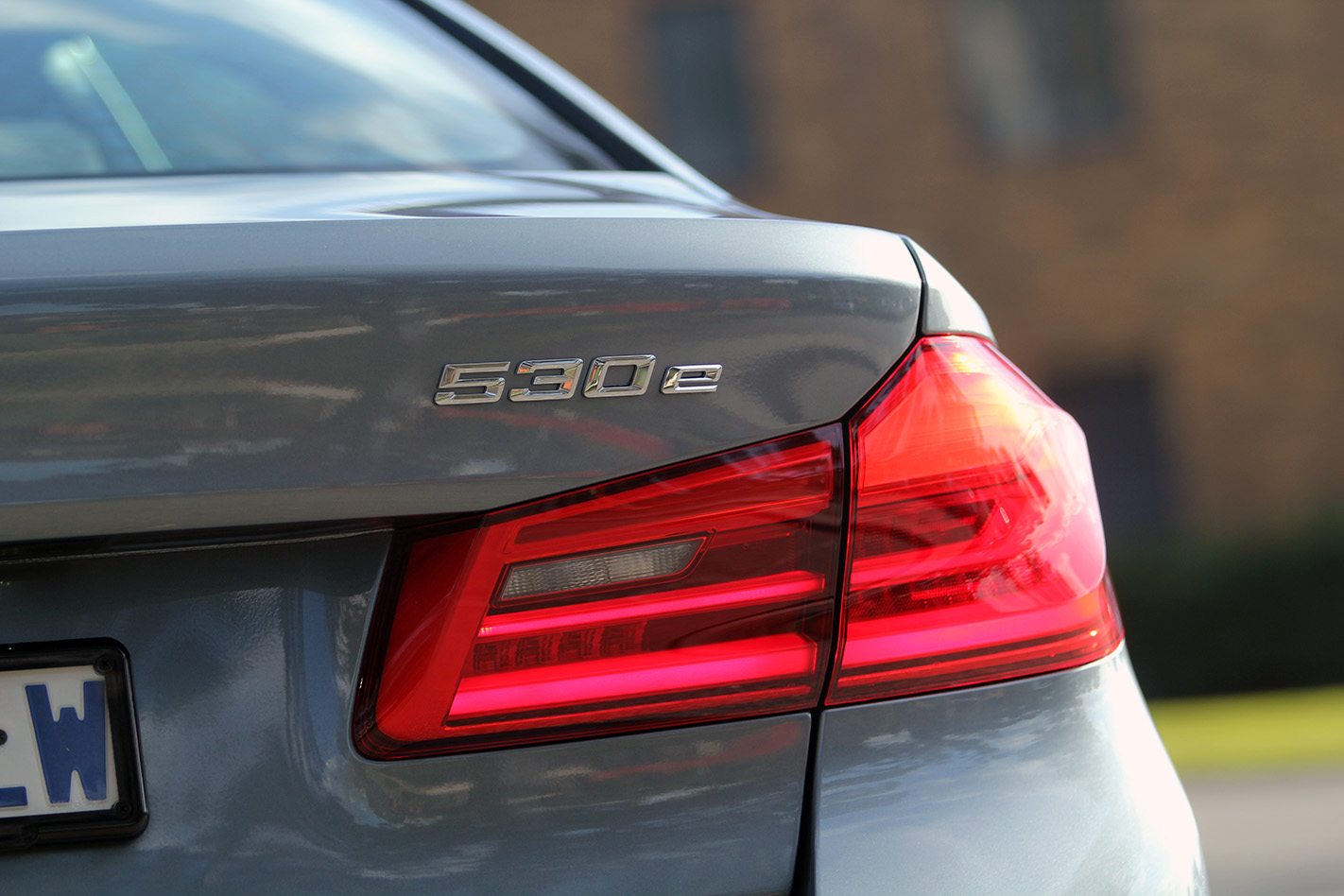
NUMBERS GAME
Looking at the spec sheet, BMW claims the 530e can cover up to 50km in all-electric mode. That’s optimistic, and a number that comes with several caveats. If you’re okay with running sans heater, air conditioner, headlamps and pretty much anything electrically-powered that isn’t the car’s 70kW drive motor, you may get close to that number.
Fat chance of choosing that path in the dark, frosty heart of a Melbourne winter, though: I’ll take a range reduction in favour of a warm cabin, thank you.

THE REAL WORLD
Day one in the 530e was a wash. Picked up from BMW with a full battery, it was then driven 42km from Wheels HQ to the airport. The battery ran out of juice about three-quarters of the way there, forcing us to burn precious hydrocarbons in order to make our flight. Damn.
Once at the airport, one of the bigger issues with EV ownership presented itself: the lack of charging infrastructure in Australia. Unless you own a Tesla and can afford to park at Qantas Valet, you’re fresh out of luck if you want to juice up your EV at Melbourne’s principal air transport hub. Battery still empty upon our return to Melbourne, we sent a few more kilograms of CO2 into the atmosphere on the 41km drive home.
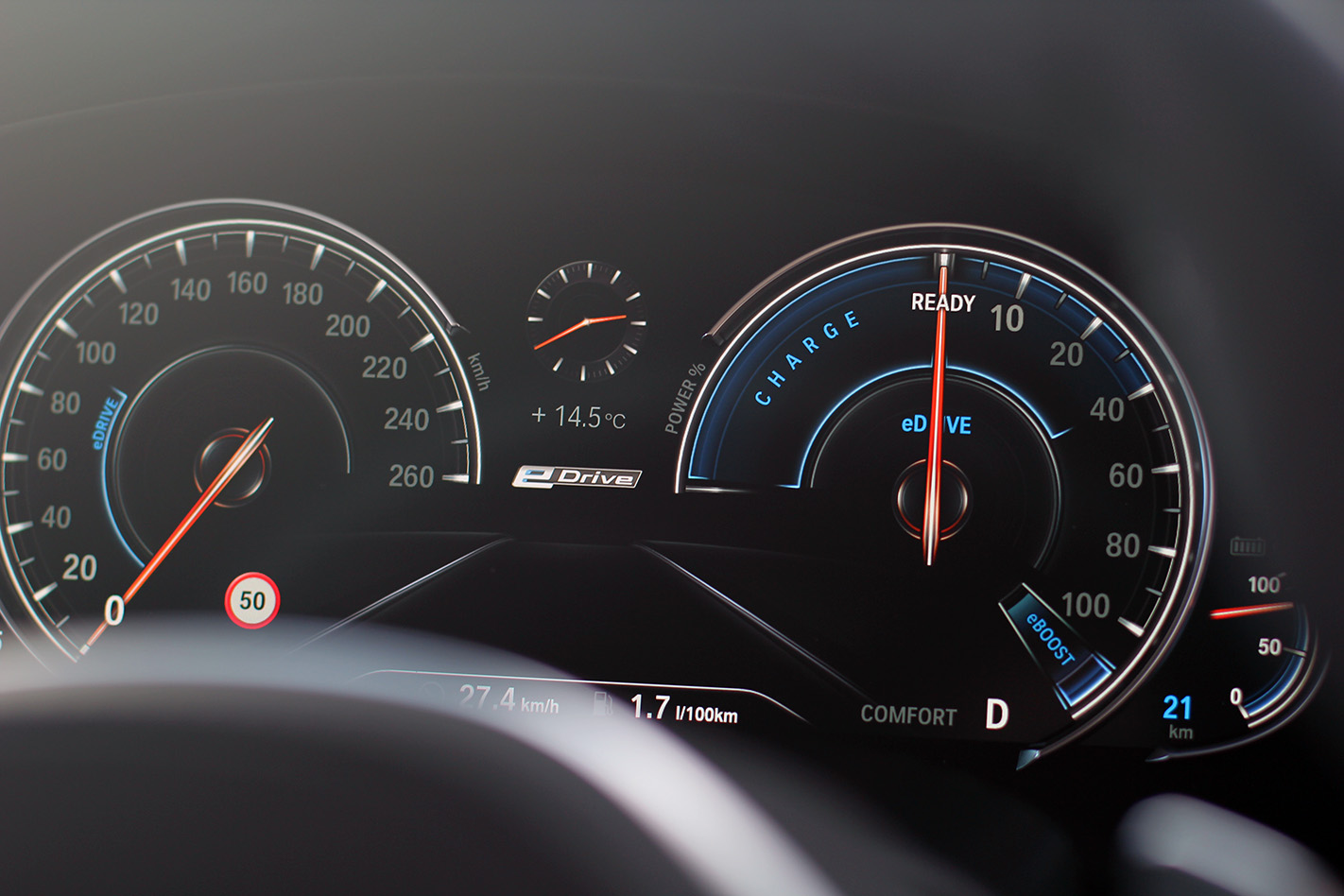
Helping the 530e’s cause is its ability to pre-heat the cabin ahead of departure while still plugged into mains power, as long as you remember to programme the time you intend to leave before putting it on charge.
The advantage of that is twofold – not only do you get to hop straight into a toasty warm car, but you also don’t have to watch your range melt away as precious battery power is consumed by the heater. In winter, it’s one of the 530e’s best features.
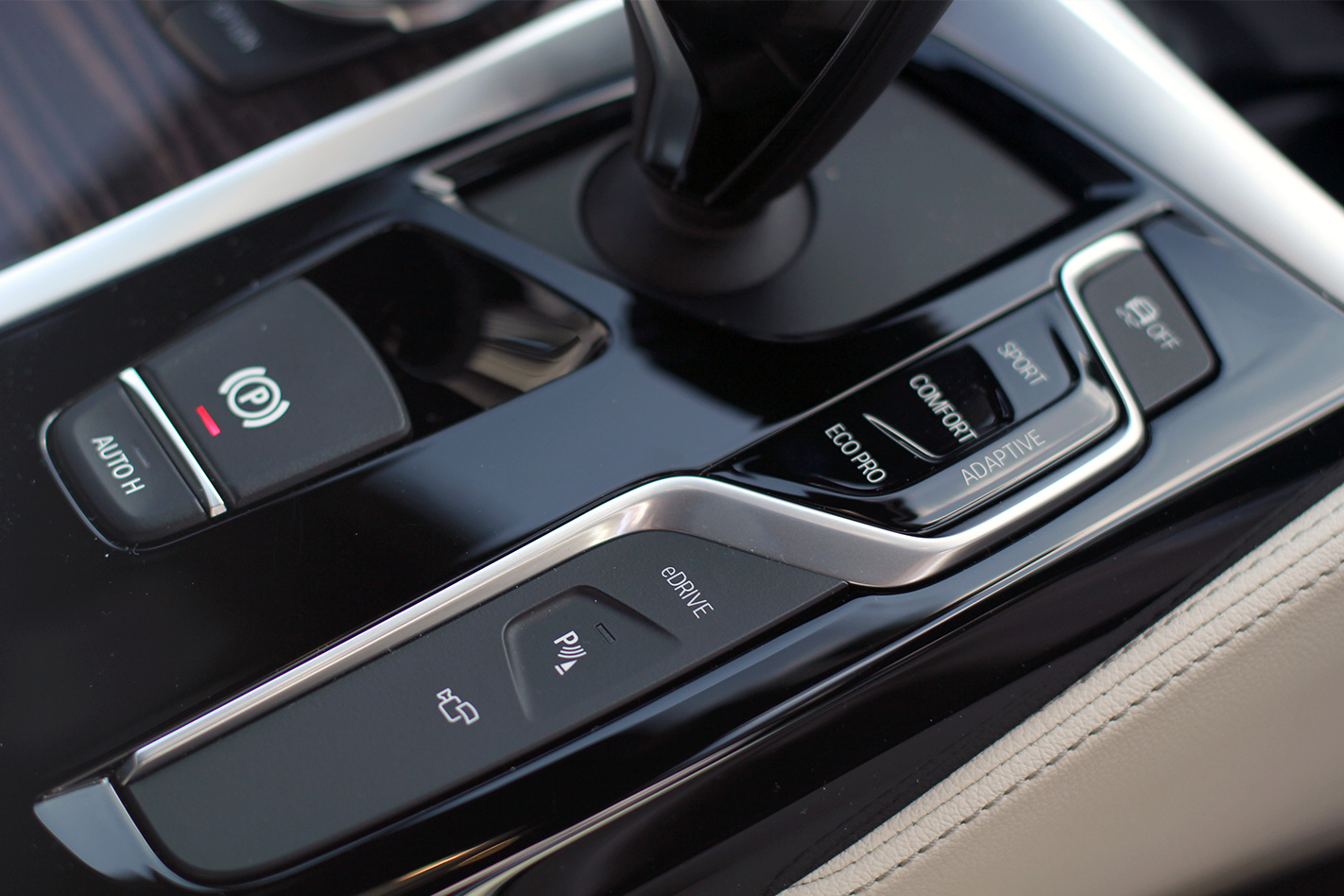
Or so we thought. Stop-start traffic in the late afternoon must flow less smoothly than in the morning, and the constant acceleration/deceleration cycle saps power at a greater rate than when cruising at a more consistent speed, even with the energy recuperation provided by regenerative braking. We were two kilometres shy of home base when the battery gave up and the petrol engine kicked in.

At least the drive home could be done without worrying about conserving range, and the four hours needed to take the battery from empty to 80 percent (bank on six hours for a full charge) is easily compatible with the workday cycle.
But given we were driving less than the average commute distance, having to top up the battery at the workplace was a little bit of a letdown. After all, not everyone will have the luxury of tapping into powerpoints at their workplace. Paying a visit to a friend across town also had us with the charge cable in hand, sheepishly asking to borrow some volts.
A wireless charging capability will be available as an option from next year, but again there’s an infrastructure issue. Unless it’s your own garage or driveway, don’t count on there being many inductive loops for you to park your 530e over.
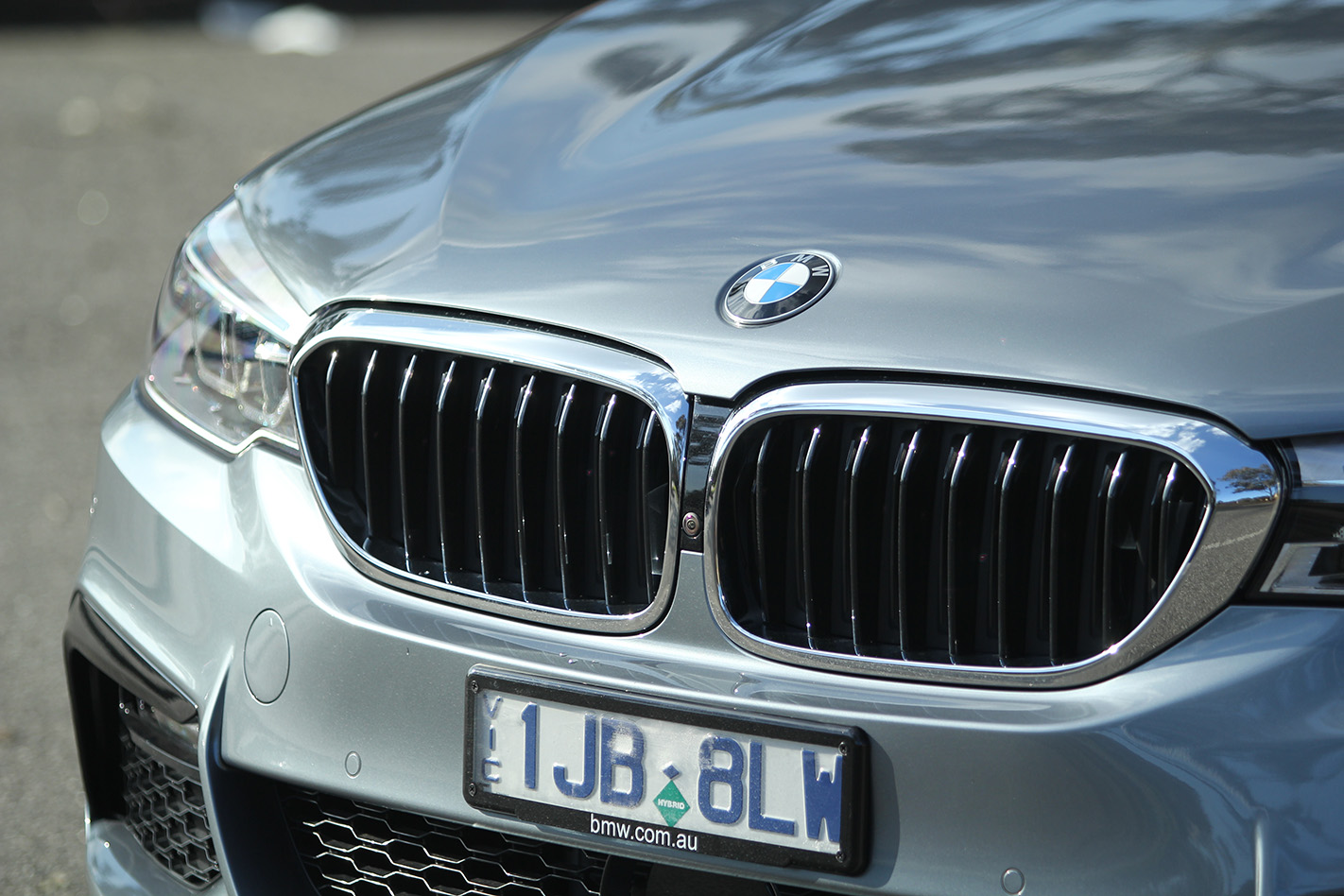
However BMW needs to work on the 530e’s brake feel. Many manufacturers struggle with giving their hybrids a smooth and progressive brake pedal, thanks to having to integrate regenerative braking with conventional mechanical brakes. However the 530e’s mushy pedal – which only seems to get softer the further you press it – is well below par. We often found ourselves coming to a halt much closer to cars in front simply because it was hard to gauge how much pedal pressure was needed.
There are other compromises too. With only the 70kW/250Nm electric motor in play the 530e’s performance is best described as ‘borderline adequate’. Fine for commuting, especially with peak torque being available from the get-go, but a little short of breath on highways.
A significantly shrunken boot capacity is another 530e-specific handicap.

Of course, that’s the 530e’s “killer app” right there – the ability to spend most of its time under electric power, with the option of petrol power whenever you should want or need it. The only problem is that even during what we considered to be a modest amount of motoring we were forced to revert to fossil fuels when we didn’t want to.
If BMW were able to double the battery capacity, living a life largely independent of the petrol price cycle would be far more achievable. Until then, better keep that charging cable within easy reach.

